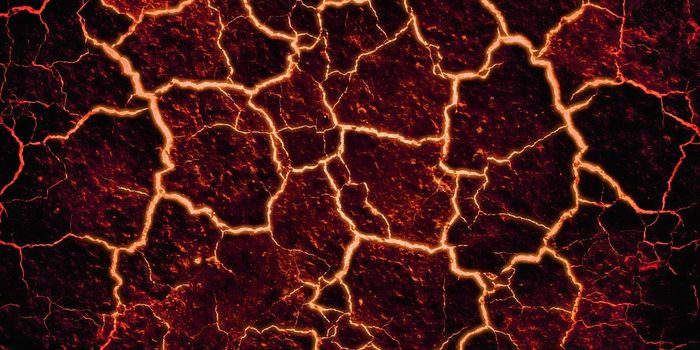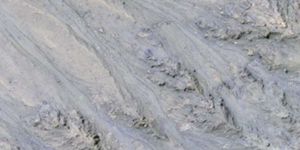The Science Behind Coronal Mass Ejections (CMEs)
From time to time, explosions take place on the surface of the Sun, creating what are called coronal mass ejections (CMEs). This can happen when the magnetic field surrounding the Sun becomes kinked, and the ensuing tension snaps said kink.
CMEs contain enormous amounts of charged particles, and solar wind emanating from our Sun can carry these particles into the depths of our solar system at speeds exceeding 7 million miles per hour. Within just 12 hours, a CME could reach the Earth after ejecting from the Sun.
The Earth's magnetic field protects us from most of the Sun's charged particles during a CME, but scientists still warn that impending CMEs could trigger geomagnetic storms in our magnetosphere powerful enough to knock out satellite systems and vast amounts of electronics on a global scale.
The last time a CME ejected itself in Earth's general direction was back in 1859. While it doesn't happen very often, that's not to say that it won't ever happen again. Scientists continuously monitor the Sun for signs, which is imperative considering just how much the world depends on technology these days.








